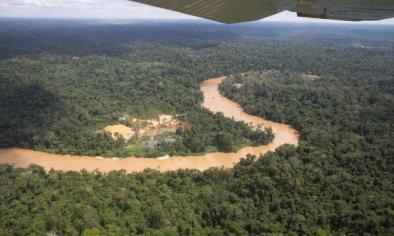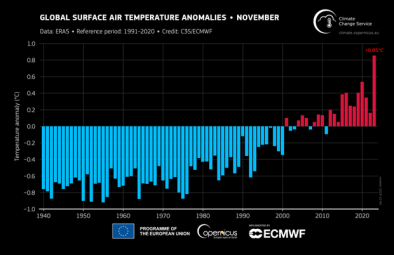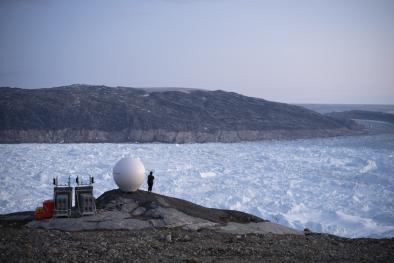Science Source
Detection of human influence on a new, validated 1500-year temperature reconstruction
- States that climate records over the last millennium place the twentieth-century warming in a longer historical context, but reconstructions of millennial temperatures show a wide range of variability, raising questions about the reliability of currently available reconstruction techniques and the uniqueness of late-twentieth-century warming
- Suggests a calibration method that avoids the loss of low-frequency variance
- Uses a new reconstruction using this method, which shows substantial variability over the last 1500 yr
- Finds that high variability in reconstructions does not hamper the detection of greenhouse gas–induced climate change, since a substantial fraction of the variance in these reconstructions from the beginning of the analysis in the late thirteenth century to the end of the records can be attributed to external forcing
- Conducts a detection and attribution analysis, which show that greenhouse warming is detectable in all analyzed high-variance reconstructions (with the possible exception of one ending in 1925), and that about a third of the warming in the first half of the twentieth century can be attributed to anthropogenic greenhouse gas emissions
- Concludes that the estimated magnitude of the anthropogenic signal is consistent with most of the warming in the second half of the twentieth century being anthropogenic
Related Content
Headline

Feb 15, 2024 | Climate Nexus Hot News
Amazon Could Reach Tipping Point By Midcentury
Headline

Jan 16, 2024 | Climate Nexus Hot News
2023 Smashes Hottest Year Record
Headline

Dec 7, 2023 | Climate Nexus Hot News
It’s Official - 2023 Is World's The Hottest Year On Record
Headline

Dec 7, 2023 | Climate Nexus Hot News
Earth Veering Closer To Dangerous Tipping Points


